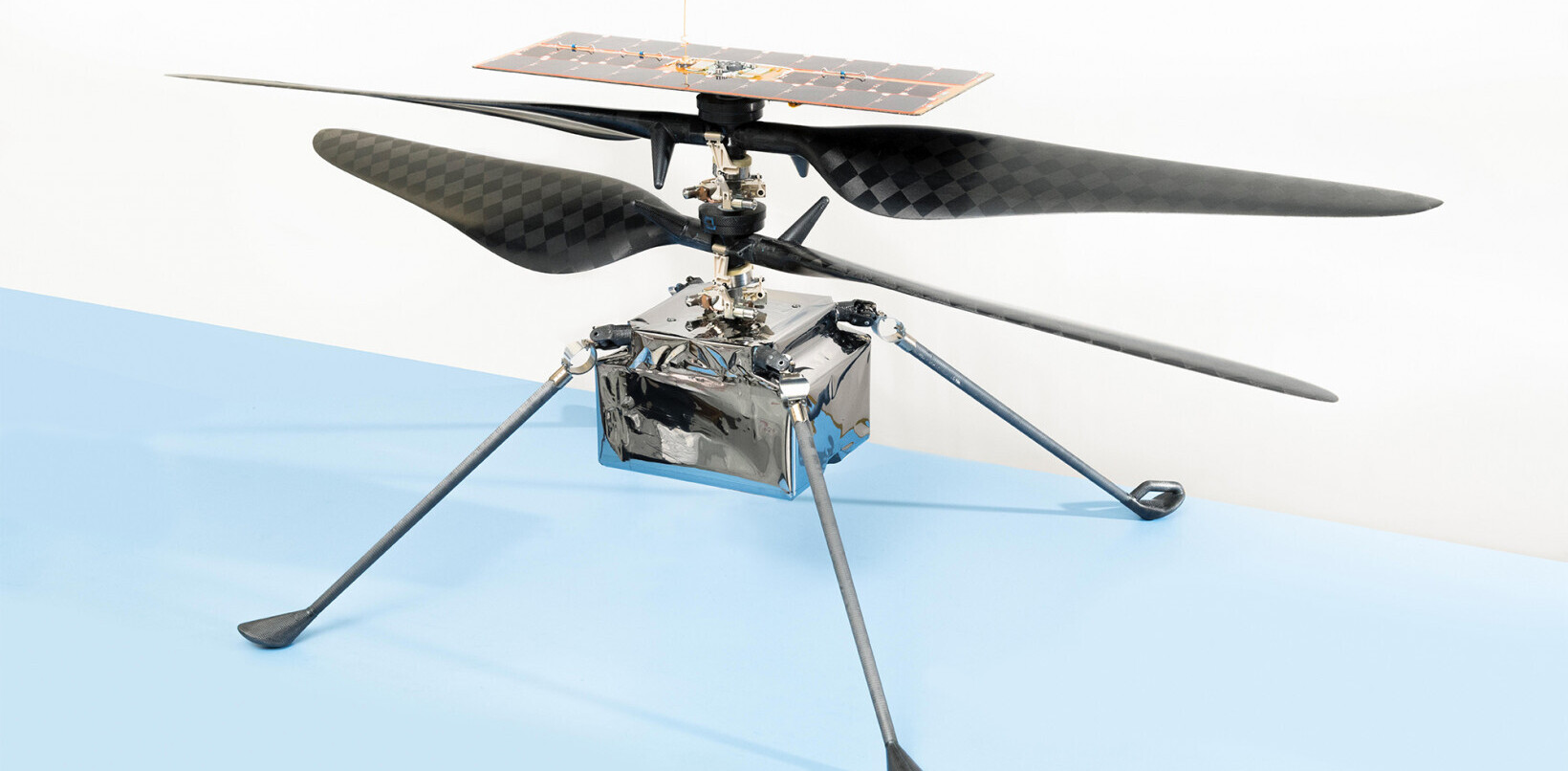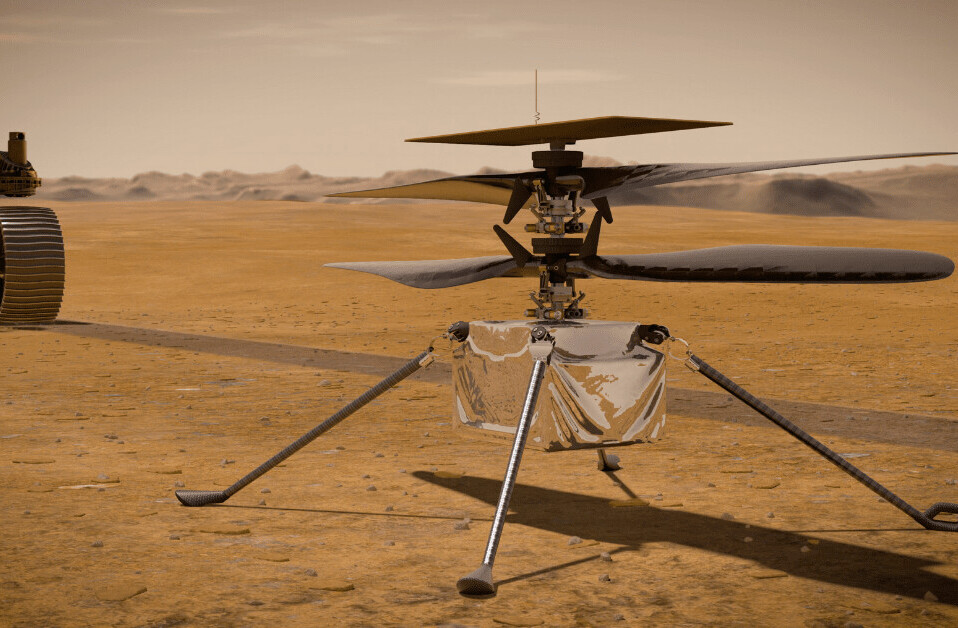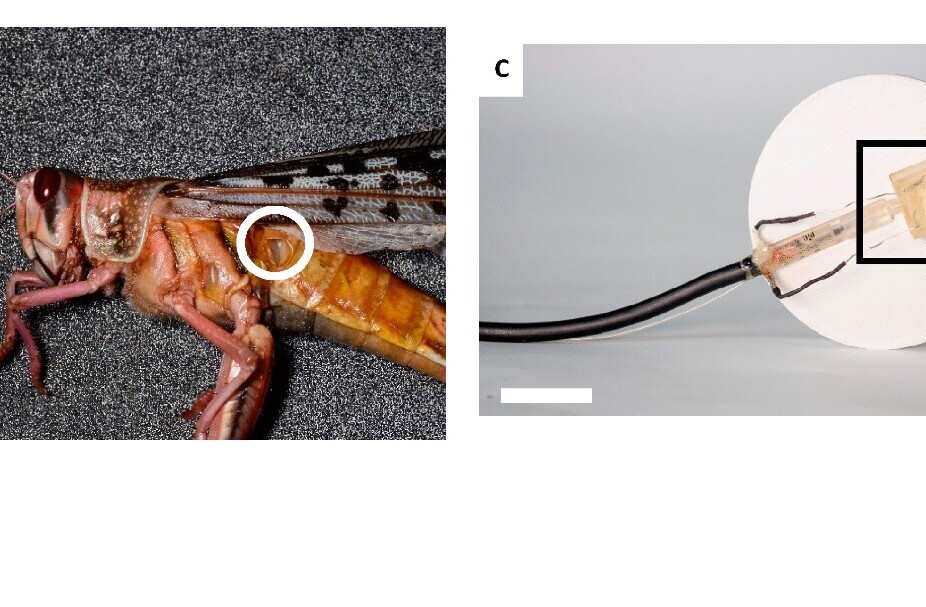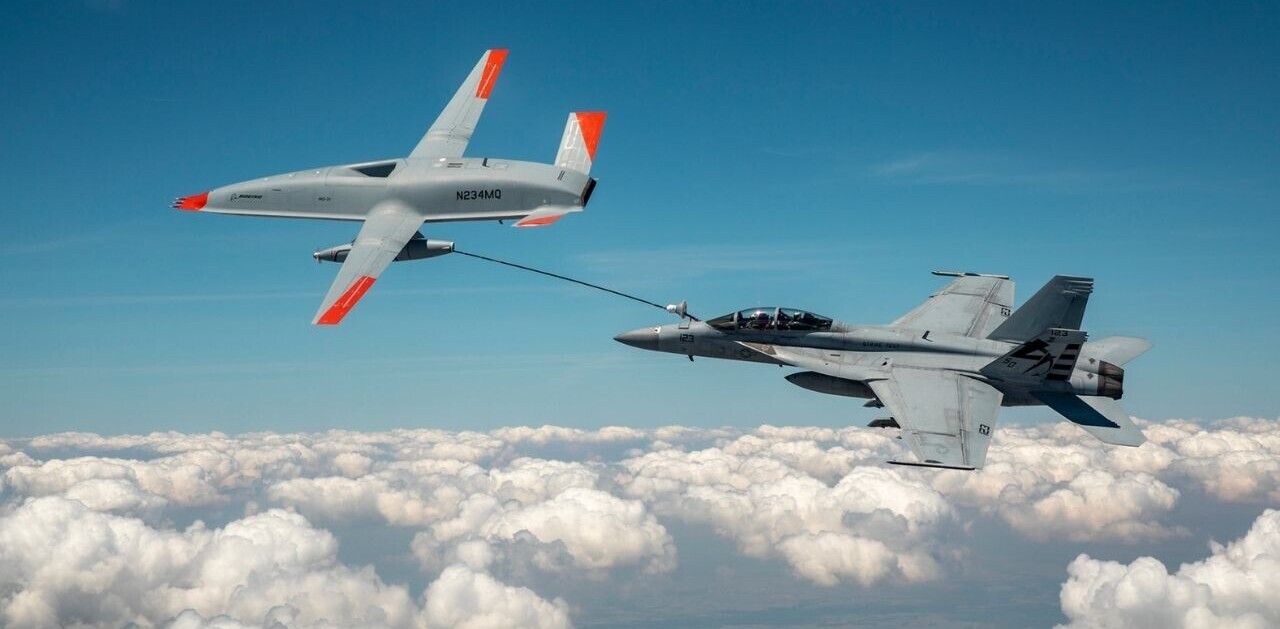Meet the Reaper, a $64M death-dealing assassination drone straight out of a science-fiction nightmare. Designated the MQ-9 Reaper multi-purpose drone, it’s widely considered the deadliest unmanned aerial vehicle (UAV) in the sky. And for good reason.
On 3 January 2020, US President Donald Trump authorized the military’s use of an MQ-9 in the assassination of Iranian military leader Qasem Soleiman, a Major General in the Islamic Revolutionary Guard Corps who served as the commander of its clandestine operations division since 1998.
According to the White House, Soleiman was targeted because he represented an “imminent threat.” As of the time of this writing the Trump administration has declined to reveal any details about the threat, but has corroborated reports that the military strike was designed and executed as an assassination.
The MQ-9 Reaper is equipped with a multi-spectral targeting system that allows it to acquire and track targets from long range. It’s likely that the drone picked up the convoy of military vehicles that Soleiman was traveling in 10-15 minutes prior to the attack. By the time it was within firing range, it would have already identified which vehicle Soleiman was riding in and exactly where he was seated.
Human operators observing from the safety of a command center hundreds or thousands of miles away would have followed weapons protocol as the Reaper silently stalked its prey. Eventually they’d have communicated the target was locked, the missiles were armed, and they were awaiting final confirmation to eliminate Soleiman. It takes 1.2 seconds for the operators’ commands to reach the drone via sat-link.
The Reaper comes with an arsenal of weapons that can be fitted to purpose. It carries a little something for every job (hence its aforementioned “multi-purpose” designation). Among its weapons are the GBU-12 Paveway II laser-guided bomb, the AGM-114 Hellfire II air-to-ground missiles, the AIM-9 Sidewinder, and the GBU-38 Joint Direct Attack Munition (JDAM).
Armed to the teeth, it can fly for up to 14 hours and reach speeds as high as 482 km/h (300 Mph). It’s capable of taking on infantry, armor (tanks), aircraft, and ships. Its impressive 20-meter (65 feet) wingspan gives it great maneuverability and the General Atomics motor driving it is nearly silent.
The MQ-9 Reaper is a stealthy killer, but not necessarily a surgical one.
Upon authorization, the Air Force personnel operating the MQ-9 tracking Major General Soleiman on 3 January initiated its firing sequence and let loose the fury of four Hellfire missiles. Two ripped into the convoy’s lead vehicle and another pair took out the one Soleiman was traveling in. The US military always doubles up on everything so there’s never a single point of failure.
The convoy never stood a chance. It’s likely the soldiers were never aware of the drone’s presence. Though, perhaps, they may have heard the crackle of the missiles’ thrusters in the milliseconds just before impact.
Confirmation of the kill would have come instantly. Despite the explosion and debris, the Reaper’s sensors would have immediately detected successful elimination of the target. The UAV would then have altered its course and returned to base to get prepped for its next kill.
Get the TNW newsletter
Get the most important tech news in your inbox each week.






